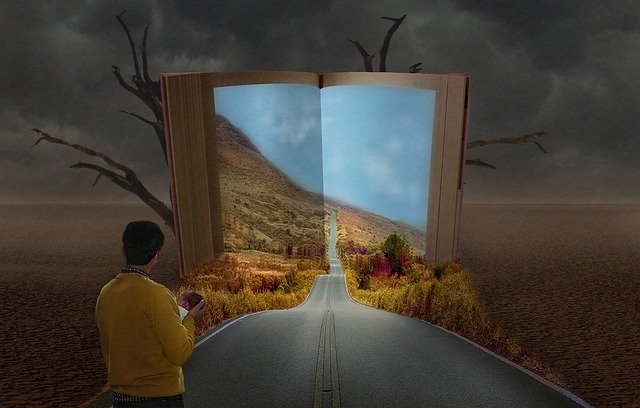The Gospel in Our Stories

We often recognize stories as having a beginning, middle, and end but do we recognize the smaller points of the Gospel, the pointing to God in literature and storytelling?
The Beginning: What happens in the beginning? The characters are introduced so we know who to look for in the story. The Main Character is introduced with flaws. This character’s flaw(s) will lead us to the conflict, the struggle in the story. Fairy tales, picture books, children’s books, and novels all contain the flaws of the main character. We relate to this character because we too are not without flaws.
- Red Riding Hood – disobedient to mom, talks to stranger
- Very Hungry Caterpillar by Eric Carle- poor diet, overeating
- Owl Moon by Jane Yolen – immaturity is implied
- Little House in the Big Woods by Laura Ingalls Wilder – disobedient to parents, sneaking breaking cultural norms
- Code of Silence by Tim Shoemaker – lies
The Middle: Here in the middle the consequences of the flaw begin to show themselves. The turmoil and struggle to overcome those consequences.
- Little Red Riding Hood – confronted by the wolf in Grandma’s bed
- Very Hungry Caterpillar – becomes sick and tries to fix his problem by eating well
- Owl Moon – child puts a hand over mouth to keep any noise from escaping.
- Little House in the Big Woods – spanking
- Code of Silence – teens are confronted with life-threatening consequences if the truth is told.
The End: In the end the main character has overcome the struggle. There is a new person with new vision in the end.
- Red Riding Hood – the woodcutter (Jesus) enters the scene to kill the wolf (Satan) with Red’s realization implying that disobeying and talking to strangers can cause her and others to become entangled in dire consequences. She and Grandma are thankful for the woodcutter.
- Very Hungry Caterpillar – the caterpillar must become a cocoon (die to self) and become a new creature never to return to its old way of life (salvation).
- Owl Moon – the child receives a slight shush from the father but is warmly invited into a conversation after the “hunt” signifying the child has matured, has become “grown-up” like brothers.
- Little House in the Big Woods – Father tans his own jacket as well as that of the boys. A picture that we all suffer the consequences of our sins, sometimes because we choose to impose legalism instead of God’s love.
- Code of Silence – there is far less consequences when we tell the truth.
Perhaps as we read to our children beginning at that very young age we can begin to point out more than just the beginning, middle, and end. There is so much more to the story, so many twists and turns just as there is in our lives. It takes a dire consequence to wake up the characters in the books to make a change. Even if that consequence is just missing out on a hunting trip until they are mature enough to follow the rules. It takes a wake-up call to our sins for us to see the need to change and let Jesus have charge. Beginning to show an author’s purpose opens the doors to our children’s understanding of the gospel.
As authors we too need to take a look at our stories to see if we have given the gospel through story. The gospel is what makes a lasting story.
Blessings, Gail Cartee

Sych great thoughts!
Thank you Karen.
Thank you, Gail, for your insightful post. Bottomline, we write to point our readers to Jesus.
Blessings,
MaryAnn
Exactly! We do that obviously when writing for The Christian market. When writing for the secular market sometimes it’s harder to keep the Christian world view imbedded.
I enjoy putting the message of God in my stories. In one way or another, I hope people will draw closer to Him.
Yes Melissa. May we all write to bring others closer to our Savior.
Wow! I stumbled on this one a little late. Excellent post and challenge to include more of Christ in our stories.
Never too late Janice. Including Christ without preaching is always the point in writing. Thank you for your encouragement.